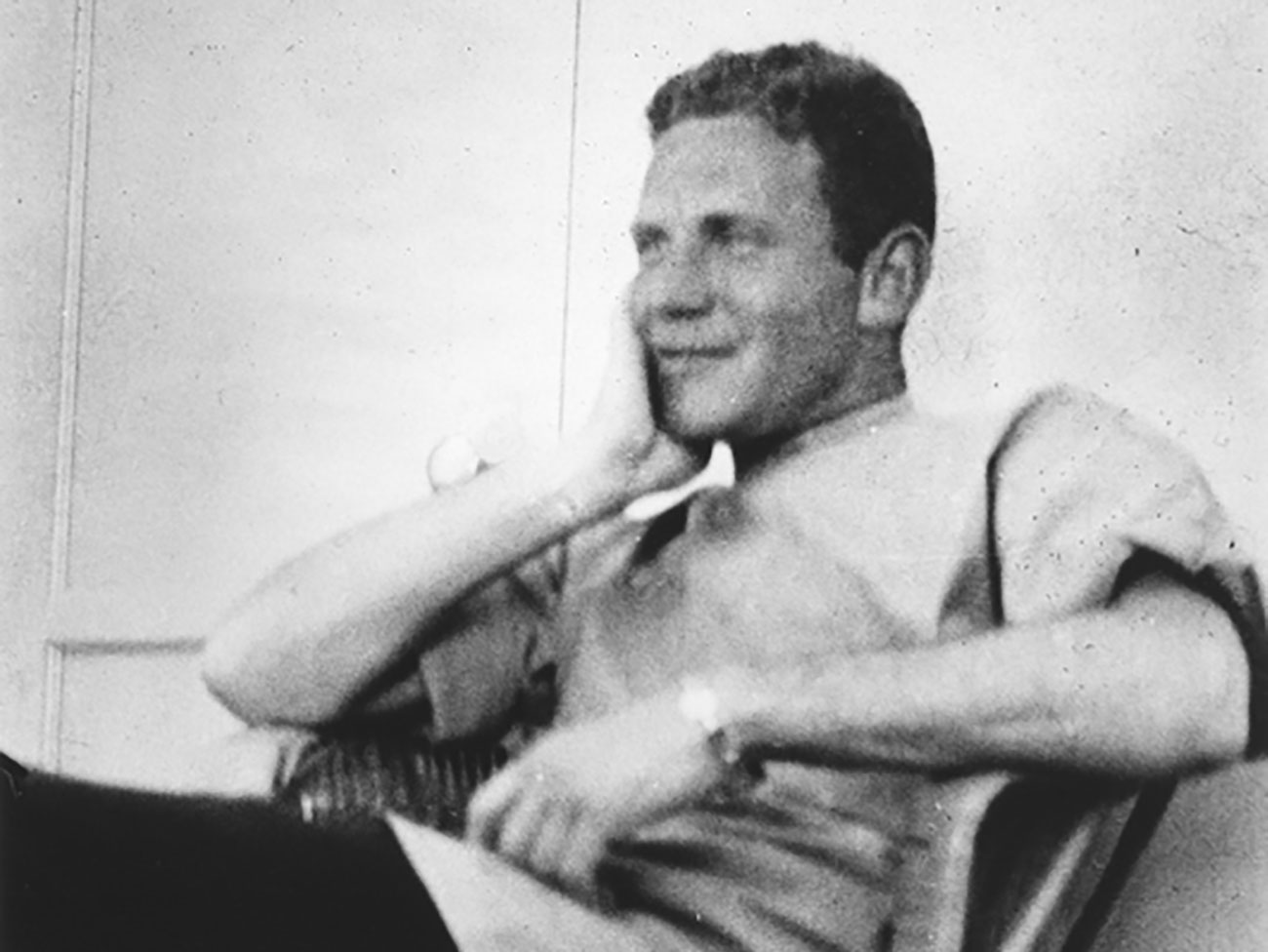Northwest Region started small and grew fast
Kaiser Permanente remained and opened the Northwest Region after World War II, introducing prepaid integrated care to the community.
Kaiser Foundation attorney Paul Marrin cuts the ribbon at the opening of the South Wing of the Bess Kaiser Hospital in Portland, Ore., on May 12, 1967.
When Henry J. Kaiser’s shipyards closed at the end of World War II, the Permanente doctors lost almost all of their patients. Roughly 200,000 members had been employed in the seven West Coast shipyards and most were covered by the Health Plan.
To survive in the postwar era, Kaiser Permanente needed to gain a large number of new members in a competitive market.
A handful of Permanente physicians in the Pacific Northwest had caught group practice fever and were inspired to stay on despite the uneven odds against their success. Six or seven (nobody recalls for sure how many) out of 45 wanted to give it a go.
Charles Grossman, MD, one of those who hung on, recalled:
“All of us were firmly committed to the prepaid, group health concept, and we decided to rebuild Northern Permanente rather than allowing it to close down,” Grossman told Portland historian Michael Munk. The Permanente physicians judged their wartime hospital to be in good enough shape to withstand a few more years of service.
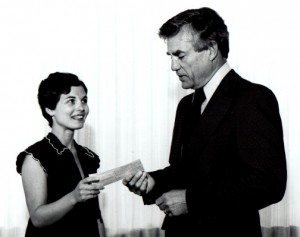
Kaiser Permanente's Northwest Region's 200,000th member is honored in Portland in 1977.
Kaiser Permanente's Northwest Region's 200,000th member is honored in Portland in 1977.
A cool reception from traditional medicine
Not only were the doctors at first without patients or income, they were given the cold shoulder by the leaders of both the Oregon and Washington medical societies, the states in which Permanente hoped to offer care.
The traditional fee-for-service physicians, unaccustomed to the concept of salaried physicians practicing as a group, branded Kaiser Permanente as “socialized medicine.”1 The Health Plan and its doctors in all regions faced this type of criticism for decades in the 20 th century. The Multnomah County Medical Association of Oregon didn’t accept Permanente physicians until 1963.
Meanwhile, Northern Permanente opened its first clinic in 1947 on Broadway in Portland, Ore. In 1959, the Health Plan opened the Bess Kaiser Hospital in Portland to its 25,000 members; membership doubled to 50,000 in the next two years. In 1975, Kaiser Permanente Sunnyside Medical Center was completed in Clackamas County, southeast of Portland.
Today, the Kaiser Permanente Northwest Region has about 470,000 members. Its newest hospital, green-award-winning Westside Medical Center, opened Aug. 6 in Hillsboro, Ore., on the west side of the Portland Metro Area.
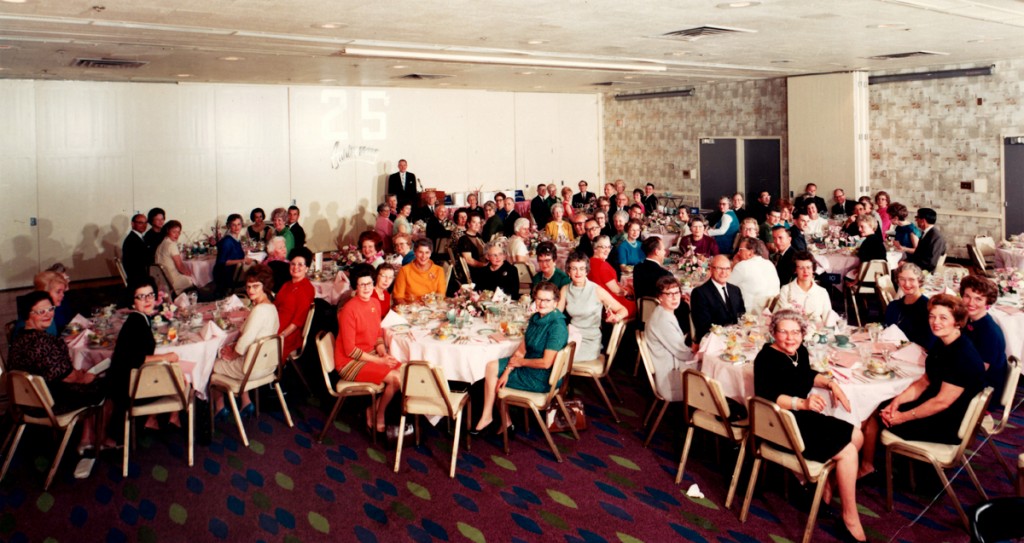
Kaiser Permanente Northwest Region's 25th anniversary celebration and service award dinner, November 1977.
Innovation a hallmark for Northwest
Over the years, the Kaiser Permanente Northwest Region has been at the forefront of innovative and successful health care practices. Below are some examples of the region’s innovations.
- Dental coverage — Head Start children residing in the Model Cities area of Portland were eligible for dental care through an Office of Equal Opportunity pilot program offered in the Northwest Region in 1970. The program was so successful that dental coverage has continued to be offered as an optional benefit to all group members in the region.
Study of health care delivery for the poor and elderly — Kaiser Permanente Northwest took part in a Medicare and Medicaid demonstration started in 1984 to identify the best ways to integrate acute and long-term care for patients covered by prepaid, per-person, per-month (capitation) financing arrangements.
Testing of an occupational health model — With the goal of decreasing injured employee lost work time and reducing medical costs related to workplace injuries, the region started Kaiser-on-the-Job in 1991. Between 1990 and 1994, the region reduced the average lost time per claim by more than two days and achieved a cost savings of $666 in average cost per claim. The occupational medicine program, separate from the Health Plan, covers more than 300,000 workers through their employers in the Northwest Region.
Sunday Parkways — Recognizing not everyone can succeed in challenging athletic pursuits, Kaiser Permanente’s Northwest Region helped launch a special, less taxing mobility event with the city of Portland in June 2008. Six miles of local streets were closed to traffic from 8 a.m. to 2 p.m. In 2009, up to 25,000 Portland area residents walked, biked, jogged and skated in three summer Sunday events.
Sustainable use of resources — The Kaiser Permanente Westside Medical Center, new this year, has already received Leadership in Energy and Environmental Design Gold certification from the U.S. Green Building Council. Westside is the second Portland-area hospital to receive the LEED Gold designation and one of just 36 hospitals nationally to earn the honor.
1 “Present at the Creation: The Birth of Northwest Kaiser Permanente,” unpublished interview edited by Portland historian Michael Munk, 2013.
-
Social Share
- Share Northwest Region Started Small and Grew Fast on Pinterest
- Share Northwest Region Started Small and Grew Fast on LinkedIn
- Share Northwest Region Started Small and Grew Fast on Twitter
- Share Northwest Region Started Small and Grew Fast on Facebook
- Print Northwest Region Started Small and Grew Fast
- Email Northwest Region Started Small and Grew Fast

October 28, 2025
California employers, meet our smarter Choice plan
Kaiser Permanente Plus™ more affordably adds some out-of-network flexibility …
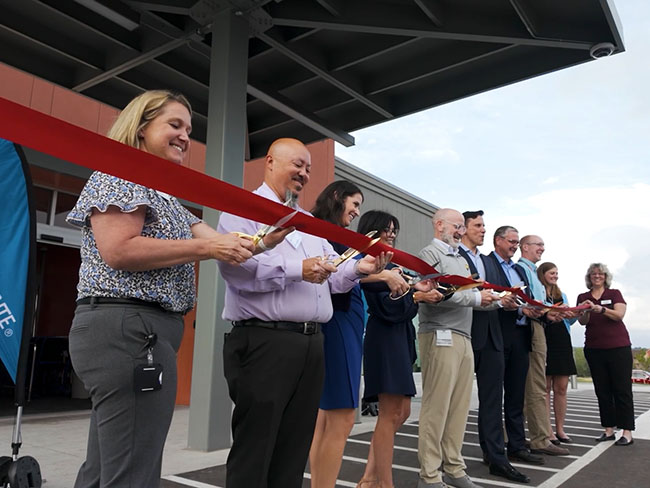
August 27, 2025
New Pueblo North facility opens to serve future generations
Members, physicians, staff, and community leaders celebrated the new medical …
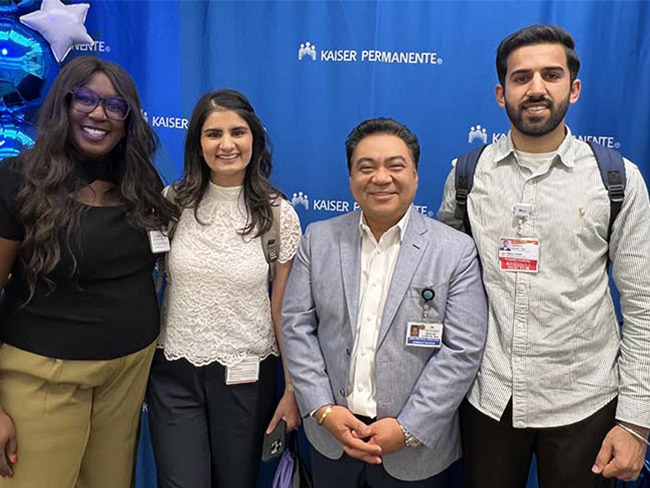
August 11, 2025
Investing in the future of health care
Kaiser Permanente is actively partnering to expand the physician career …
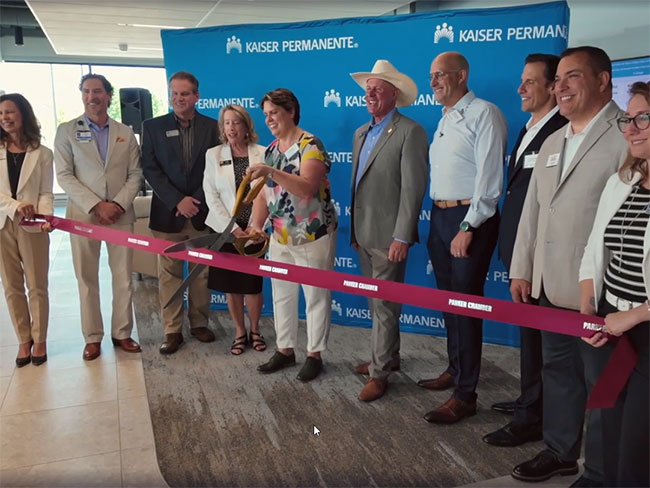
July 25, 2025
Celebrating the new Kaiser Permanente Parker Medical Offices
The new facility opened in July 2025 with a ribbon-cutting ceremony and …

July 15, 2025
A new chapter of Kaiser Permanente’s hospital care is born
Kaiser Permanente physicians and staff are now caring for patients at several …
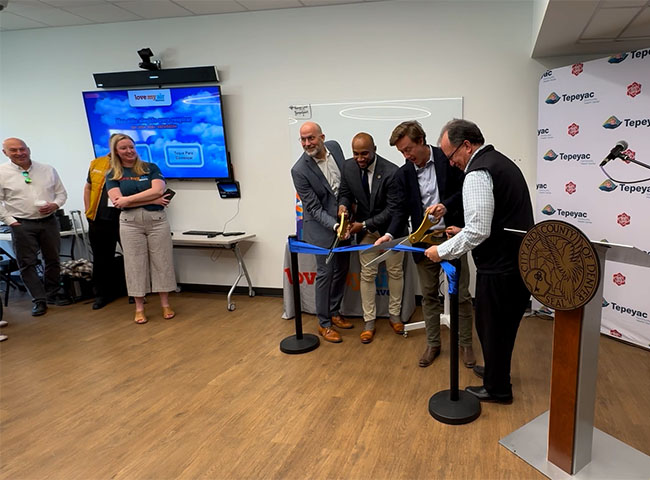
May 7, 2025
Denver unveils health clinic air monitors
Kaiser Permanente helps Love My Air provide real-time information about …

April 30, 2025
A history of trailblazing nurses
Nursing pioneers lay the foundation for the future of Kaiser Permanente …

April 16, 2025
Sidney R. Garfield, MD: Pioneer of modern health care
Kaiser Permanente’s co-founding physician spread prepaid care and the idea …
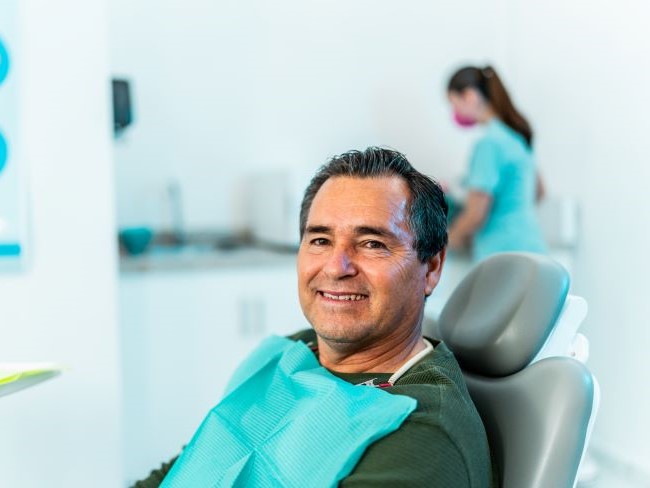
December 26, 2024
Linking isolated communities to care
A collaborative partnership, powered by trusted nonprofit partners, brings …

October 16, 2024
Leading in sustainable building design
Kaiser Permanente tops LEED health care facility rankings, demonstrating …

September 23, 2024
Leading change
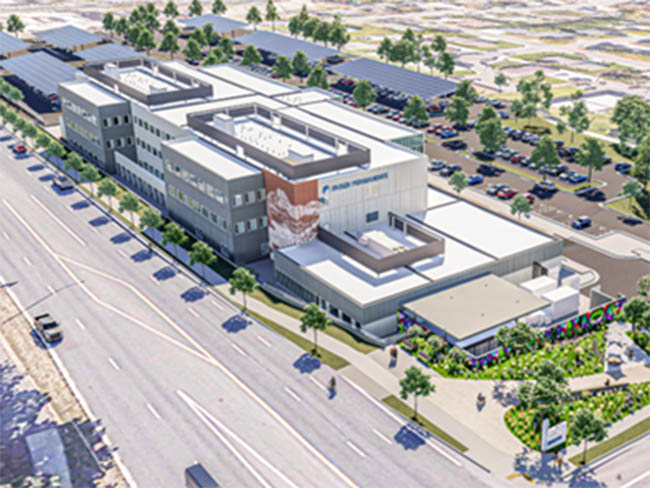
September 19, 2024
First look at new Lakewood facilities
New medical offices will enhance the health care experience for members …
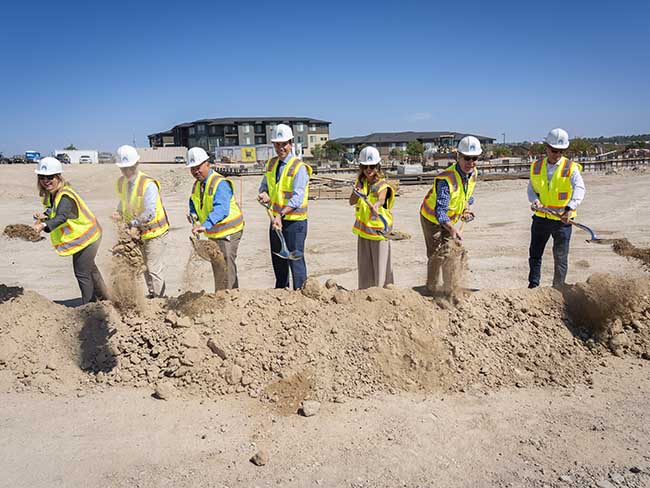
September 17, 2024
Groundbreaking at new medical offices in Pueblo
The new Pueblo North Medical Offices will replace the existing facility …
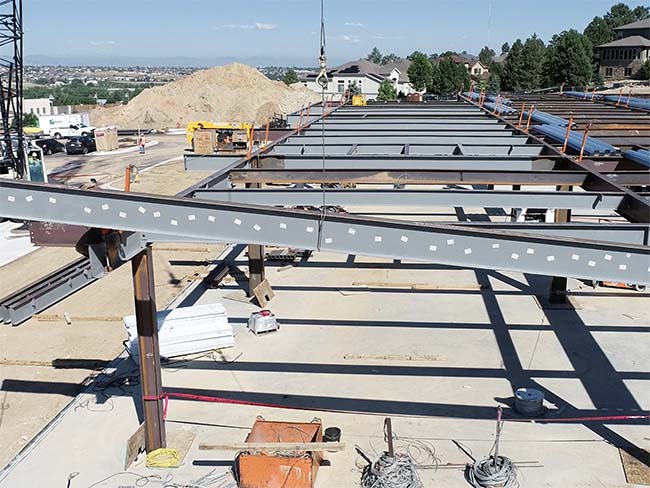
August 28, 2024
Final beams placed at Parker Medical Offices
The final steel beams for the new Kaiser Permanente Parker Medical Offices …
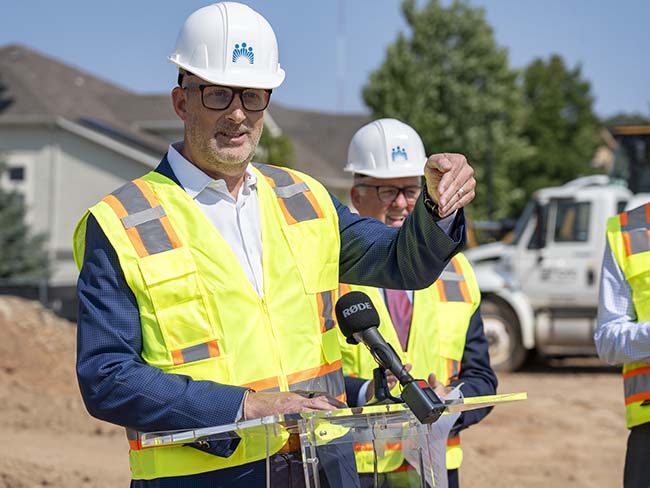
July 25, 2024
Breaking ground on bigger, better offices in Parker
The new Kaiser Permanente Parker Medical Offices in Colorado, which are …
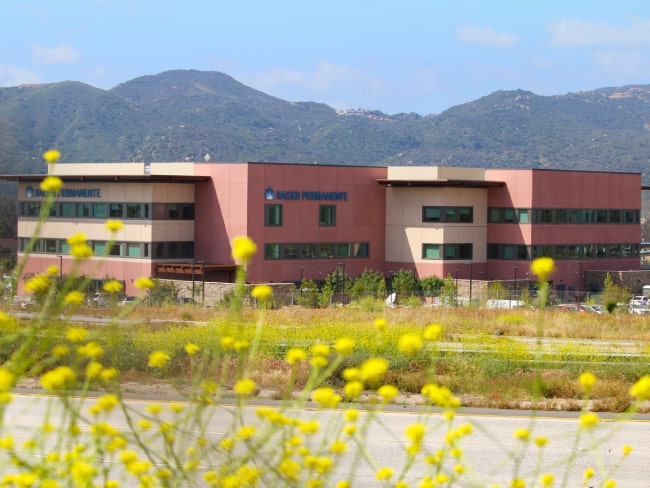
May 24, 2024
Investing to meet health care needs
The new Wildomar Trail Medical Offices offer additional opportunities for …

May 3, 2024
Henry J. Kaiser: America’s health care visionary
Kaiser was a major figure in the construction, engineering, and shipbuilding …

April 8, 2024
Martin Luther King Jr.’s dream is alive at Kaiser Permanente
Greg A. Adams, chair and chief executive officer of Kaiser Permanente, …
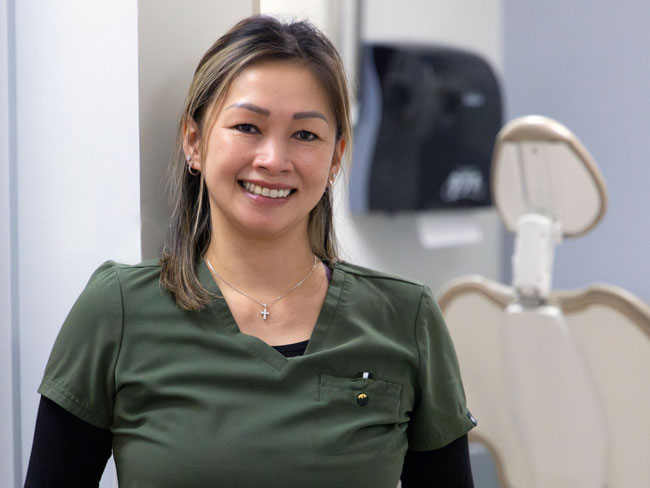
February 28, 2024
Partnership opens careers and capacity for dental in Oregon
Funding a training program with Portland Community College addresses critical …

February 13, 2024
A legacy of life-changing community support and partnership
The Kaiser Permanente Watts Counseling and Learning Center started as a …

February 2, 2024
Expanding medical, social, and educational services in Watts
Kaiser Permanente opens medical offices and a new home for the Watts Counseling …
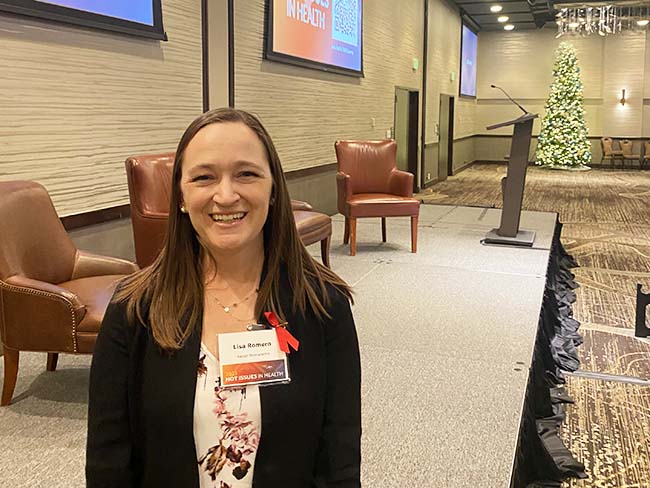
December 15, 2023
Climate change is already affecting our health
The health care industry is responsible for 8% to 10% of harmful emissions …

October 17, 2023
How Kaiser Permanente evolved
Sidney R. Garfield, MD, and Henry J. Kaiser came together to pioneer an …

September 13, 2023
Transforming the medical record
Kaiser Permanente’s adoption of disruptive technology in the 1970s sparked …

September 8, 2023
Regulated waste settlement in California
We are committed to the well-being of the environment and protecting the …
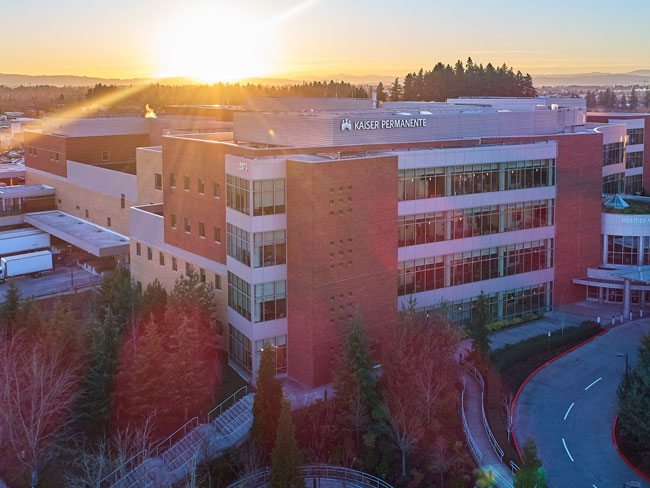
August 10, 2023
Celebrating a decade of healing in Oregon
Kaiser Permanente’s Westside Medical Center continues a legacy of community …
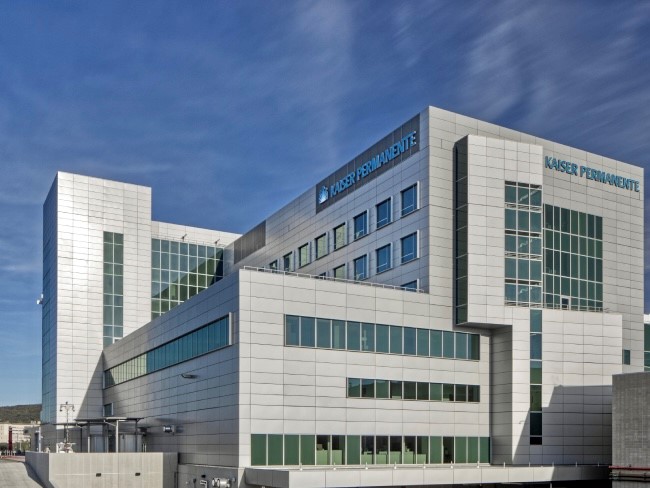
August 7, 2023
Kaiser Permanente opens new medical center in San Marcos
The new medical center in San Diego County expands access and care for …

May 17, 2023
Accelerating value in health care
An op-ed by Geisinger Health board of directors members Gail R. Wilensky, …

May 8, 2023
Risant Health captures national attention
Creation of new nonprofit and pending acquisition of Geisinger Health advances …

May 2, 2023
Women lead an industrial revolution at the Kaiser Shipyards
Early women workers at the Kaiser shipyards diversified home front World …

April 26, 2023
Risant Health launches with Geisinger
New nonprofit accelerates value-based care with leading community-based …

April 25, 2023
Hannah Peters, MD, provides essential care to ‘Rosies’
When thousands of women industrial workers, often called “Rosies,” joined …

November 11, 2022
A history of leading the way
For over 75 innovative years, we have delivered high-quality and affordable …
November 11, 2022
Pioneers and groundbreakers
Learn about the trailblazers from Kaiser Permanente who shaped our legacy …
November 11, 2022
Our integrated care model
We’re different than other health plans, and that’s how we think health …
November 11, 2022
Our history
Kaiser Permanente’s groundbreaking integrated care model has evolved through …
October 14, 2022
Contact Heritage Resources

October 6, 2022
We’re a Fast Company Innovation by Design winner
Kaiser Permanente is the first health care organization to win Design Company …
October 1, 2022
Innovation and research
Learn about our rich legacy of scientific research that spurred revolutionary …

August 16, 2022
Our support for the Inflation Reduction Act
A statement from chair and chief executive Greg A. Adams on the importance …

May 26, 2022
Nurse practitioners: Historical advances in nursing
A doctor shortage in the late 1960s and an innovative partnership helped …

September 10, 2021
‘Baby in the drawer’ helped turn the tide for breastfeeding
This innovation in rooming-in allowed newborns to stay close to mothers …

August 25, 2021
Kaiser Permanente’s history of nondiscrimination
Our principles of diversity and our inclusive care began during World War …

July 22, 2021
A long history of equity for workers with disabilities
In Henry J. Kaiser’s shipyards, workers were judged by their abilities, …

June 2, 2021
Path to employment: Black workers in Kaiser shipyards
Kaiser Permanente, Henry J. Kaiser’s sole remaining institutional legacy, …

February 22, 2021
The Permanente Richmond Field Hospital
Forlorn and all but forgotten, it played a proud role during the World …

September 28, 2020
A legacy of disruptive innovation
Proceeds from a new book detailing the history of the Kaiser Foundation …

August 26, 2020
Kaiser Permanente’s pioneering nurse-midwives
The 1970s nurse-midwife movement transformed delivery practices.

July 30, 2020
Books and publications about our history
Interested in learning more about the history of Kaiser Permanente and …

May 18, 2020
Nurses step up in crises
Kaiser Permanente nurses have been saving lives on the front lines since …

November 8, 2019
Swords into stethoscopes — veterans in health professions
Kaiser Permanente has actively hired veterans in all capacities since World …

August 28, 2019
When labor and management work side by side
From war-era labor-management committees to today’s unit-based teams, cooperation …

August 2, 2019
Thriving with 1960s-launched KFOG radio
Kaiser Broadcasting radio connected listeners, while TV stations brought …

June 5, 2019
Breaking LGBT barriers for Kaiser Permanente employees
“We managed to ultimately break through that barrier.” — Kaiser Permanente …

March 29, 2019
Equal pay for equal work
Kaiser shipyards in Oregon hired the first 2 female welders at equal pay …

February 5, 2019
Mobile clinics: 'Health on wheels'
Kaiser Permanente mobile health vehicles brought care to people, closing …

December 10, 2018
Southern comfort — Dr. Gaston and The Southeast Permanente Medical Group
Local Atlanta physicians built community relationships to start Kaiser …
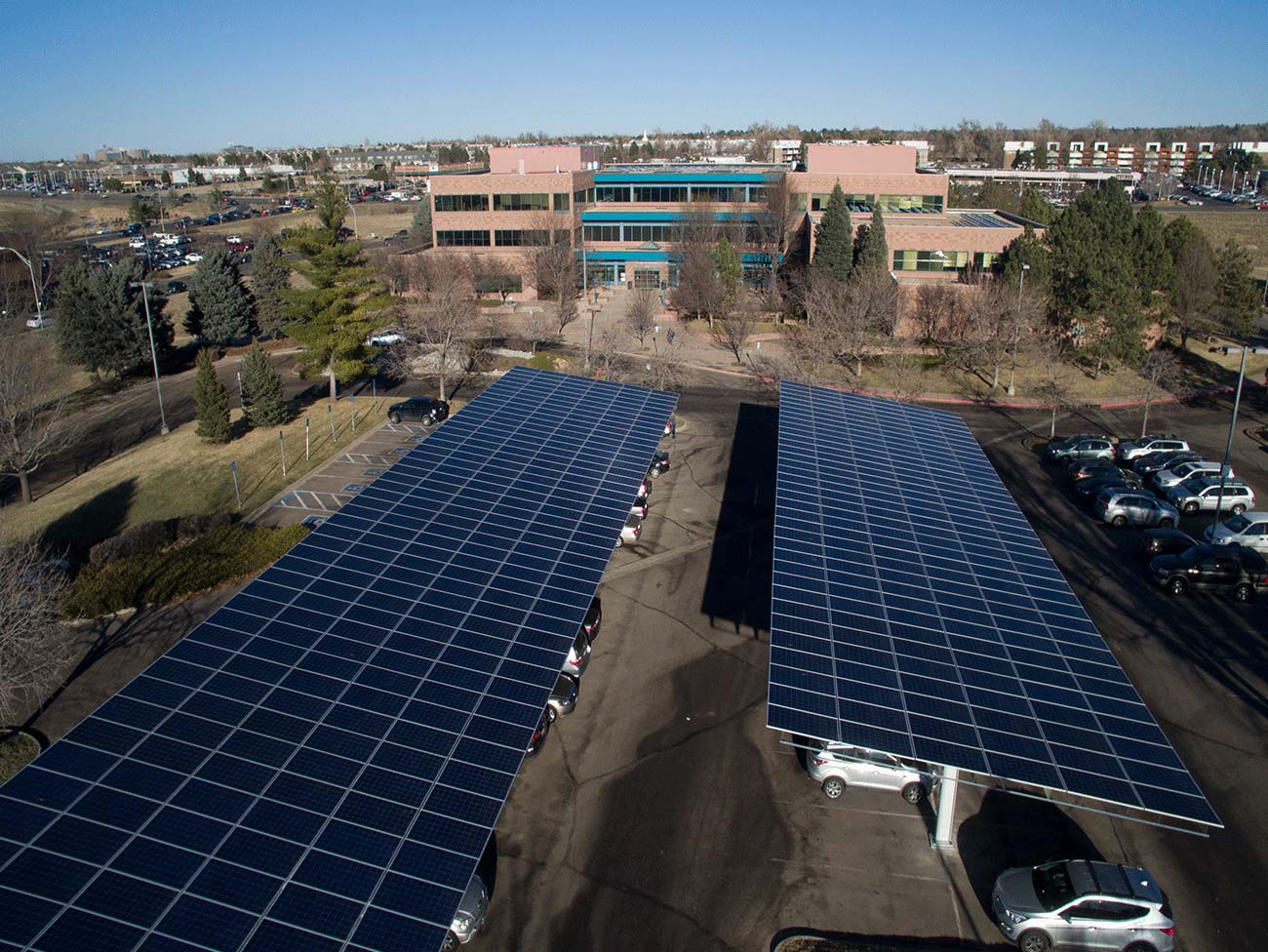
July 31, 2018
Climate action

July 31, 2018
Environmental stewardship

May 30, 2018
John Graham Smillie, MD, pediatrician and innovator
Celebrating the life of a pioneering pediatrician who inspired the baby …

April 30, 2018
Nursing pioneers leads to a legacy of leadership
Kaiser Foundation School of Nursing students learned a new philosophy emphasizing …

April 19, 2018
Wasting nothing: Recycling then and now
Environmentalism was a common practice at the Kaiser shipyards long before …

April 12, 2018
Harold Hatch, health insurance visionary
The founding of Kaiser Permanente's concept of prepaid health care in the …

March 26, 2018
5 physicians who made a difference
Meet 5 outstanding doctors who advanced the practice of medical care with …

March 13, 2018
Henry J. Kaiser and the new economics of medical care
Kaiser Permanente’s co-founder talks about the importance of building hospitals …

March 8, 2018
Slacks, not slackers — women’s role in winning World War II
Women who worked in the Kaiser shipyards helped lay the groundwork for …

February 22, 2018
The amazing true story of Park Ranger Betty Reid Soskin
She is the oldest national park ranger in the country with a legacy of …

December 19, 2017
From boats to books: A history of Kaiser Permanente’s medical libraries
Kaiser Permanente librarians are vital in helping clinicians remain updated …

November 7, 2017
Patriot in pinstripes: Honoring veterans, home front, and peace
Henry J. Kaiser's commitment to the diverse workforce on the home front …

October 12, 2017
An experiment named Fabiola
Health care takes root in Oakland, California.

September 29, 2017
Harbor City Hospital: Beachhead for labor health care
The story of Kaiser Permanente's South Bay Medical Center finds its roots …

August 15, 2017
Sidney R. Garfield, MD, on medical care as a right
Hear Kaiser Permanente’s physician co-founder talk about what he learned …

August 10, 2017
‘Good medicine brought within reach of all'
Paul de Kruif, microbiologist and writer, provides early accounts of Kaiser …

July 14, 2017
Kaiser’s role in building an accessible transit system
Harold Willson, an employee, and an advocate for accessible transportation, …

July 7, 2017
Mending bodies and minds — Kabat-Kaiser Vallejo
The expanded new location provided care to a greater population of members …

June 23, 2017
No getting round it: An innovative approach to building design
Kaiser Permanente incorporated innovative circular architectural designs …

June 14, 2017
Kabat-Kaiser: Improving quality of life through rehabilitation
When polio epidemics erupted, pioneering treatments by Dr. Herman Kabat …

June 9, 2017
Edmund (Ted) Van Brunt, pioneer of electronic health records, dies at age …
Throughout his career, Dr. Van Brunt applied computers and databases in …

May 4, 2017
How a Kaiser Permanente nurse transformed health education
Kaiser Permanente's Health Education Research Center and Health Education …

March 22, 2017
Kaiser Permanente and Group Health Cooperative: Working together since …
The formation of Kaiser Permanente Washington comes from longstanding collaboration, …

March 7, 2017
Beatrice Lei, MD: From Shantou, China, to Richmond, California
She served as a role model and inspiration to the women physicians and …

March 1, 2017
Screening for better health: Medical care as a right
When industrial workers joined the health plan, an integrated battery of …

February 17, 2017
Experiments in radial hospital design
The 1960s represented a bold step in medical office architecture around …

February 3, 2017
Ellamae Simmons — trailblazing African American physician
Ellamae Simmons, MD, worked at Kaiser Permanente for 25 years, and to this …

January 27, 2017
Japanese-American doctors overcame internment setbacks
Despite restrictive hiring practices after World War II, Kaiser Permanente …
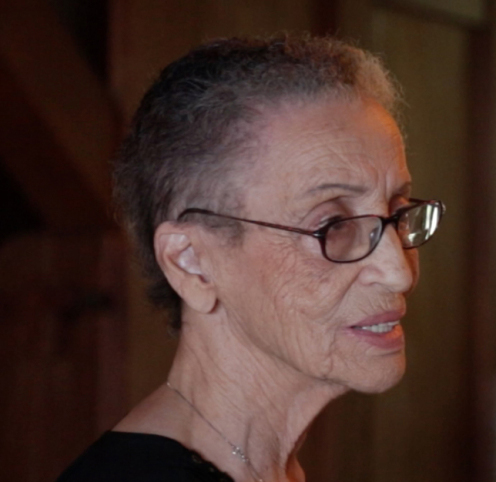
November 16, 2016
Betty Reid Soskin honored with lifetime achievement award
The California Studies Association presents the Carey McWilliams Award …
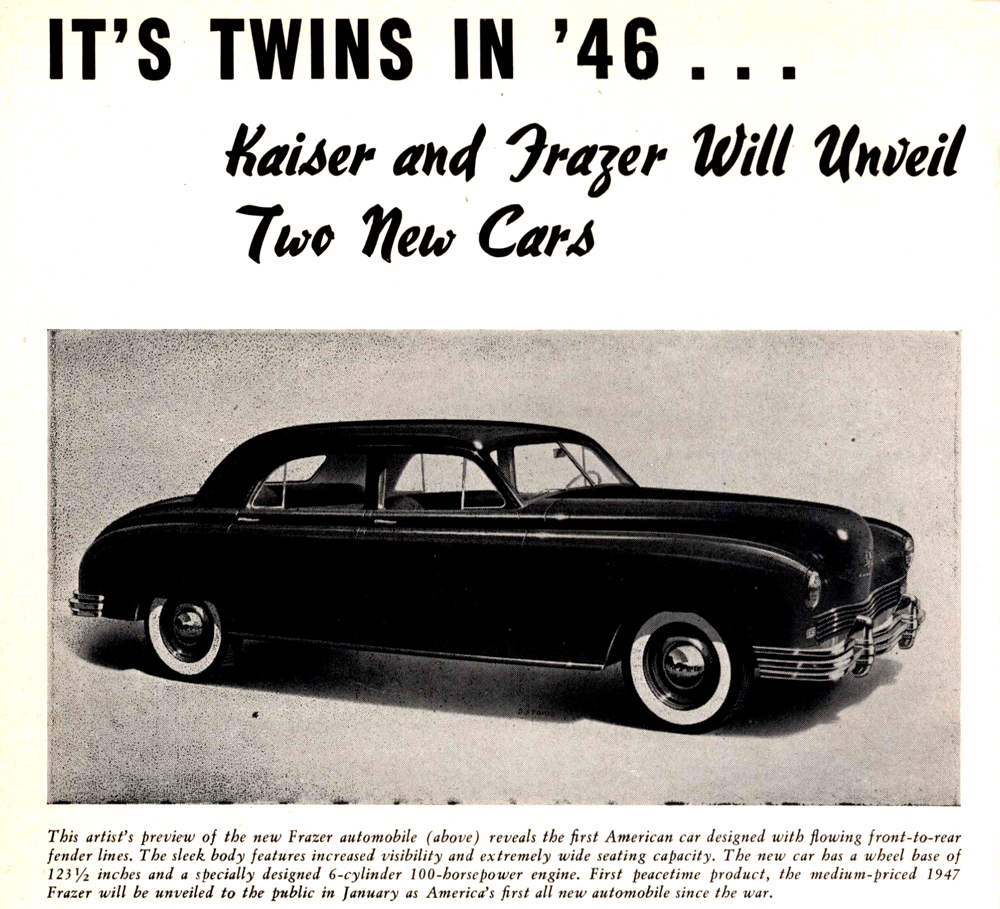
October 17, 2016
Kaiser Motors in Oakland — “We sell to make friends.”
In 1946 Henry J. Kaiser Motors purchased half a square block in downtown …
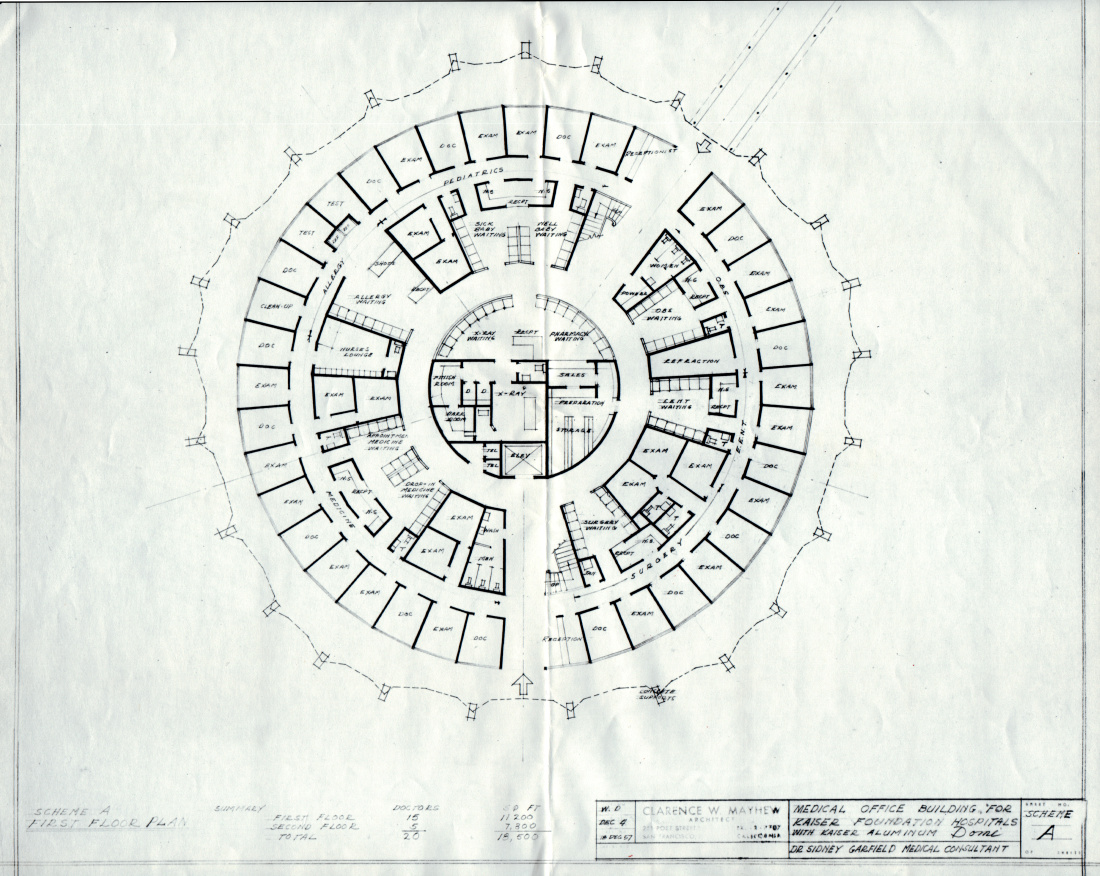
October 12, 2016
Kaiser’s geodesic dome clinic
There are hospital rounds, and there are round hospitals.

May 5, 2016
Male nursing pioneers
Groundbreaking male students diversify the Kaiser Foundation School of …

April 20, 2016
Henry J. Kaiser’s environmental stewardship
Since the 1940s, Kaiser Industries and Kaiser Permanente have a long history …
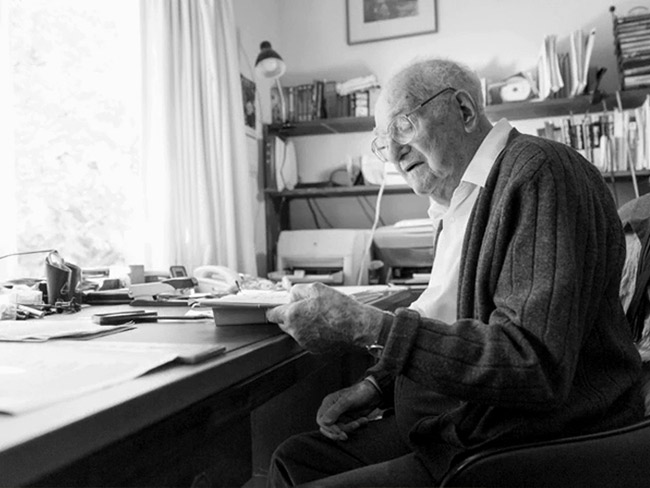
November 13, 2015
Dr. Morris Collen’s last book on medical informatics
The last published work of Morris F. Collen, MD, one of Kaiser Permanente’s …
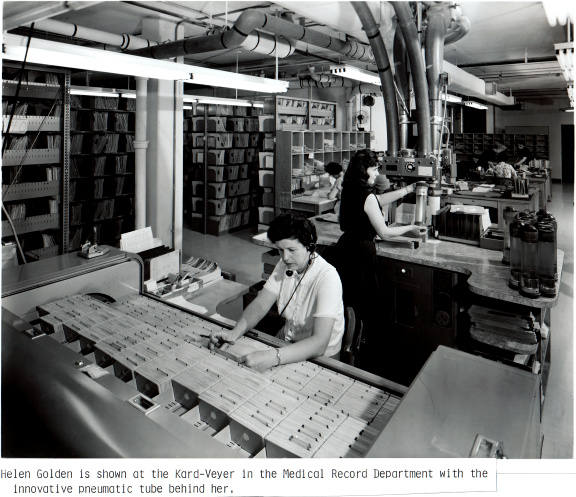
October 29, 2015
From paper to pixels — the new paradigm of electronic medical records
Transitioning to electronic health records introduced new approaches, skills, …
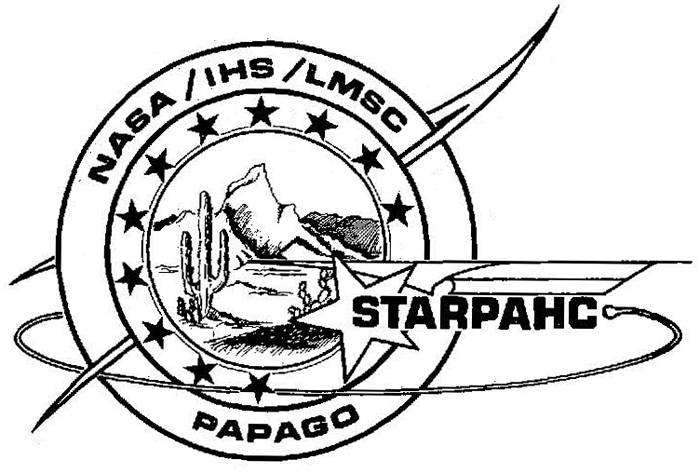
September 23, 2015
Kaiser Permanente and NASA — taking telemedicine out of this world
Kaiser Permanente International designs, develop, and test a remote health …

July 22, 2015
Kaiser Permanente as a national model for care
Kaiser Permanente proposed a revolutionary national health care model after …
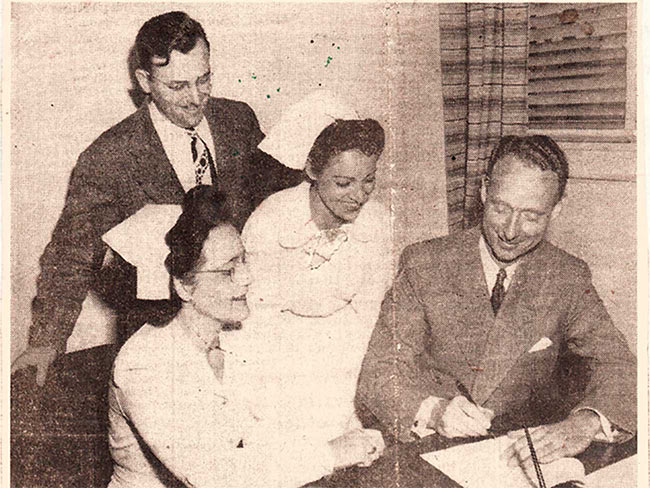
July 21, 2015
Kaiser Permanente's early support from labor
Experiencing the Kaiser Permanente health plan led labor unions to support …
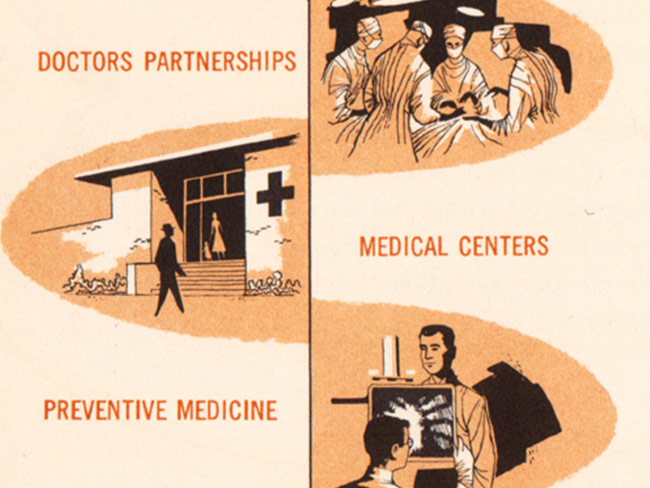
July 20, 2015
Opening the Permanente plan to the public
On July 21, 1945, Henry J. Kaiser and Dr. Sidney Garfield offered the health …
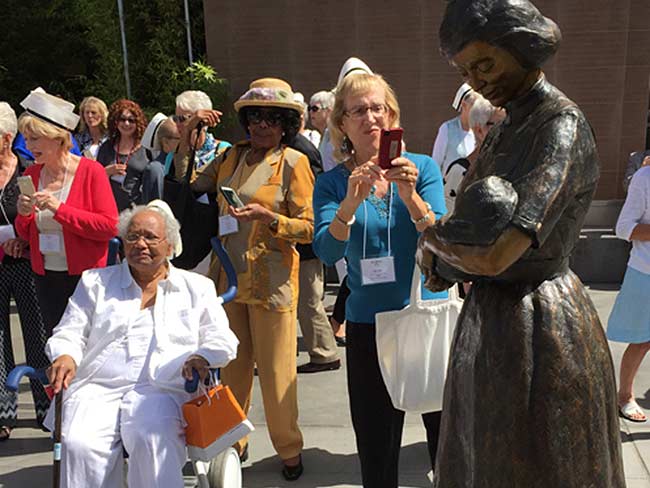
July 1, 2015
Sculpture dedicated to Kaiser Nursing School
The Kaiser Foundation School of Nursing sculpture near Kaiser Oakland hospital …

May 6, 2015
Celebrating Betty Runyen — Kaiser Permanente’s ‘founding nurse’
In a desert hospital during the Great Depression, Betty Runyen overcame …
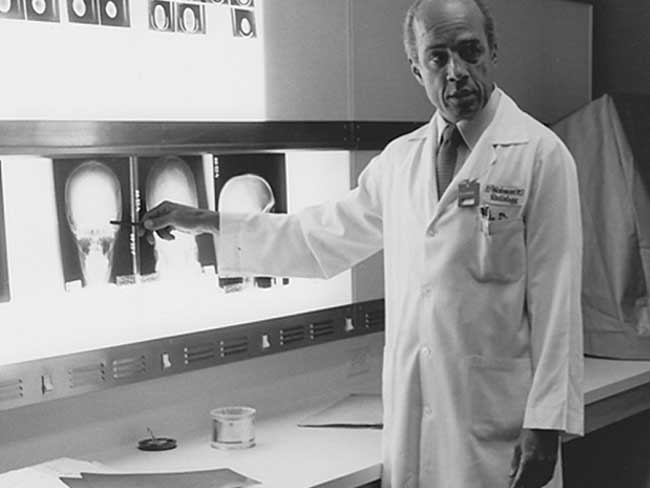
April 27, 2015
Eugene Hickman, MD — Pioneering Black physician
Dr. Hickman had a long career at Kaiser Permanente, becoming president …
